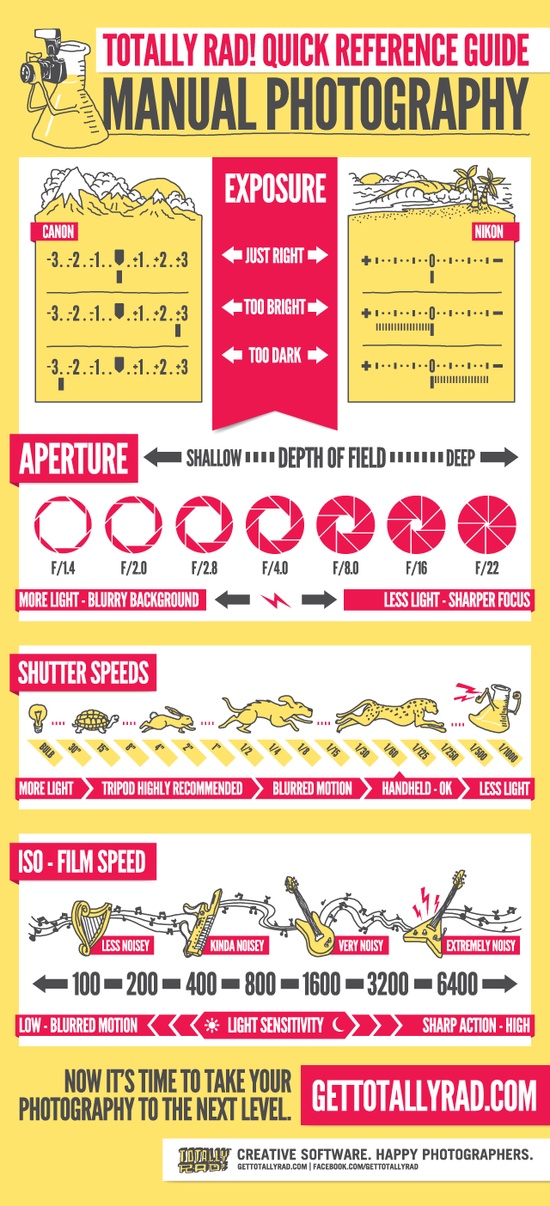Change Your Digital Photography By Mastering Lighting Strategies That Can Boost Your Pictures-- Uncover The Typical Mistakes That Could Be Holding You Back
Change Your Digital Photography By Mastering Lighting Strategies That Can Boost Your Pictures-- Uncover The Typical Mistakes That Could Be Holding You Back
Blog Article
Write-Up Author-Boone Brady
As a professional photographer, you know that lights can make or damage your pictures. Comprehending the subtleties of both all-natural and synthetic light is essential for capturing the state of mind and quality you go for in your work. Whether click over here now going after the perfect gold hour glow or fine-tuning your artificial configurations, grasping these elements can boost your photography considerably. Yet there prevail risks that many neglect, and identifying them can transform your technique to every shoot. Let's discover what you could be missing and just how it can affect your outcomes.
Comprehending Natural Light
Comprehending natural light is essential for any kind of digital photographer wanting to boost their job. It's the foundation of great digital photography, influencing mood, tone, and clearness. When you shoot outdoors, take note of the moment of day. The gold hour-- soon after dawn and prior to sunset-- provides soft, warm light that can transform ordinary scenes into magnificent pictures.
Don't undervalue the power of cloudy days. Cloud cover diffuses sunlight, creating a soft, even light that's ideal for pictures and macro digital photography. You'll discover colors pop in this type of lights without severe darkness.
Positioning issues, also. Constantly consider your topic's positioning to the light source. If the sunlight's behind your topic, you might wind up with a silhouette, which can be remarkable however mightn't be what you want. On the other hand, straight sunshine can produce uncomplimentary shadows.
Experiment with angles; occasionally, changing your viewpoint can produce remarkable results. Usage natural reflectors, like water or sand, to jump light onto your topic, including dimension.
Mastering Artificial Light
Understanding man-made light is crucial for digital photographers that intend to take their skills to the following degree. Whether you're utilizing speedlights, studio strobes, or continual lights, recognizing just how to adjust these resources can dramatically improve your photos.
Beginning by acquainting on your own with the fundamentals of light top quality, direction, and color temperature level. Explore different modifiers like softboxes, umbrellas, or grids to regulate the soft qualities or harshness of the light.
You'll locate that soft light frequently develops flattering results, while harsher light can add drama and depth. Don't shy away from darkness; they can enhance the three-dimensionality of your topics.
Pay close attention to the placement of your lights. A light positioned too near to your subject can develop unflattering outcomes, while as well away can bring about a lack of information. Make use of a light meter or your camera's pie chart to ensure you're revealing properly.
Last but not least, bear in mind that artificial light can be blended with ambient light for creative results. Balancing these resources might take technique, but once you understand it, your photography will absolutely radiate.
Methods for Different Circumstances
When you step into different shooting situations, adjusting your lights techniques is critical for recording the most effective pictures. For outdoor portraits, use the golden hour-- morning or late afternoon light-- to soften darkness and enhance skin tones.
If it's a severe noontime sun, think about using a reflector to bounce light back onto your subject or seek shaded areas for a much more also direct exposure.
In low-light scenarios, like indoor events, increase your ISO and make use of a large aperture to allow in even more light. A tripod can assist eliminate cam shake, permitting longer exposures without blurring.
If you're contending night, trying out off-camera flash to produce dynamic lighting and depth in your images.
For item digital photography, make use of diffused illumination to prevent rough reflections. Professional corporate headshot photographer or light outdoors tents can assist attain this effect.
When photographing landscapes, consider the direction of light and time of day, as it can drastically transform the mood of your shot.
Always be ready to change your settings and placing based upon the scenario, as adaptability is vital to understanding illumination in photography.
Conclusion
In conclusion, grasping lighting is vital to boosting your digital photography abilities. Welcome all-natural light's appeal during gold hour, and don't avoid try out synthetic light methods. By adapting your approach to various scenarios, you'll record magnificent images that resonate with feeling and clearness. Keep in mind, the right lighting can transform an average shot into something phenomenal, so keep practicing and refining your understanding of both natural and artificial light. Delighted capturing!
